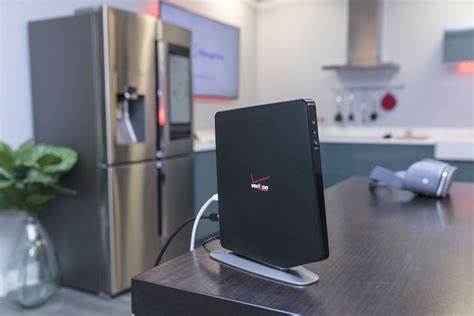
In the early days of the internet, dial-up connections were the norm, and Verizon was one of the major players in providing dial-up internet services. However, as technology advanced and broadband internet became widely available, dial-up connections gradually faded into obscurity. In this article, we reminisce about Verizon Dial-up Internet, its features, limitations, and how it paved the way for the broadband era.
The Rise of Dial-up Internet
Dial-up internet was the primary method of connecting to the internet for home users in the 1990s and early 2000s. With dial-up, users connected to the internet via their telephone lines, utilizing a modem to establish a connection. Verizon, one of the leading telecommunications companies, offered its dial-up service to customers across the United States.
Features and Benefits
- Easy Setup: Setting up Verizon Dial-up Internet was relatively straightforward. Users needed a dial-up modem and a phone line to get connected. The modem would emit the nostalgic screeching sound as it established the connection.
- Widespread Availability: Dial-up internet was available in most areas where telephone service was accessible. This made it a popular choice for users in both urban and rural locations.
- Affordability: Dial-up internet was relatively affordable compared to other internet options at the time. This accessibility made it appealing to budget-conscious users.
- Email and Basic Browsing: Dial-up internet allowed users to send and receive emails and browse basic websites. However, due to its slow speeds, activities like streaming videos or downloading large files were impractical.
Limitations of Dial-up Internet
Despite its popularity, Verizon Dial-up Internet had several limitations that contributed to its decline:
- Slow Speeds: Dial-up internet was notoriously slow, with maximum speeds reaching only 56 Kbps (kilobits per second). This sluggishness made browsing the web a test of patience.
- Tied Up Phone Line: Since dial-up used the phone line to connect, it meant that the line was tied up while users were online. This inconvenience led to missed calls and frustrated family members.
- Incompatibility with Modern Services: As the internet evolved, many services and websites became increasingly resource-intensive. Dial-up internet struggled to keep up with these demands, making it impractical for many modern online activities.
The Transition to Broadband
As technology advanced, dial-up internet’s limitations became more apparent, and users sought faster and more reliable alternatives. This led to the rise of broadband internet services, such as DSL, cable, and fiber-optic, which offered significantly faster speeds and an always-on connection.
Verizon, like other internet service providers, shifted its focus to broadband services, leaving behind its dial-up offerings. Broadband internet quickly gained popularity, and dial-up connections became a nostalgic relic of the past.
Verizon Dialup Internet played a significant role in introducing many people to the world of the internet. It offered an accessible and affordable way for users to connect online, even with its limitations. However, as technology advanced, the demand for faster and more reliable connections led to the rise of broadband internet, leaving dial-up internet behind.
While Verizon Dialup Internet may be a nostalgic memory for those who experienced it, the world of internet connectivity has evolved, providing us with the lightning-fast speeds and seamless connections we enjoy today.



